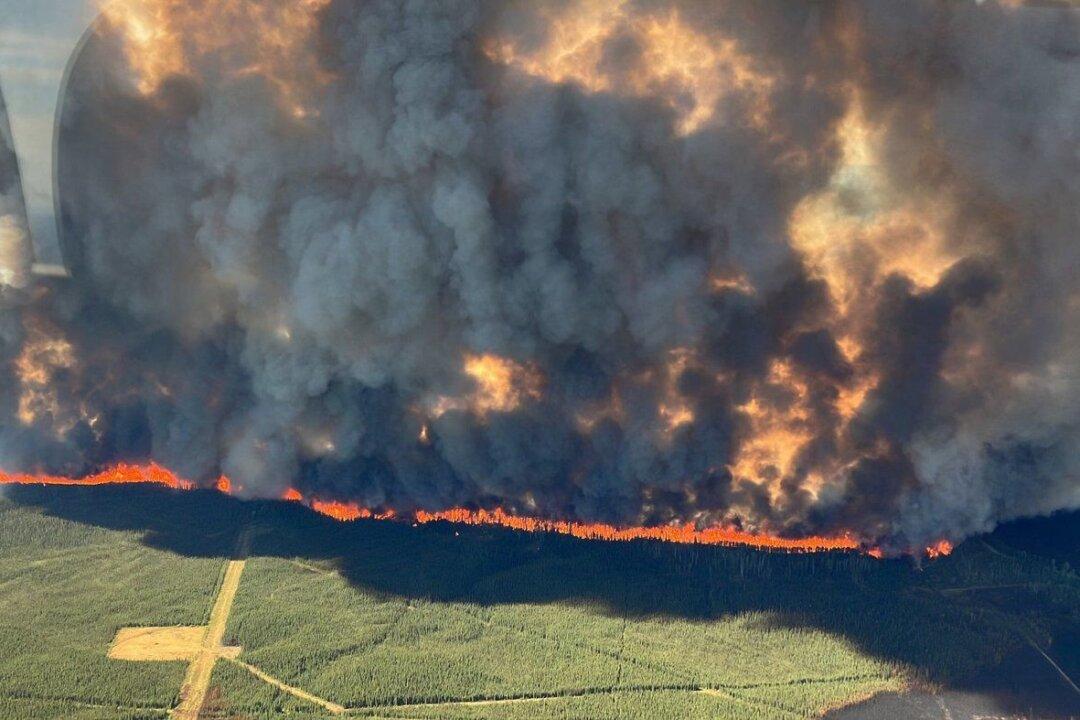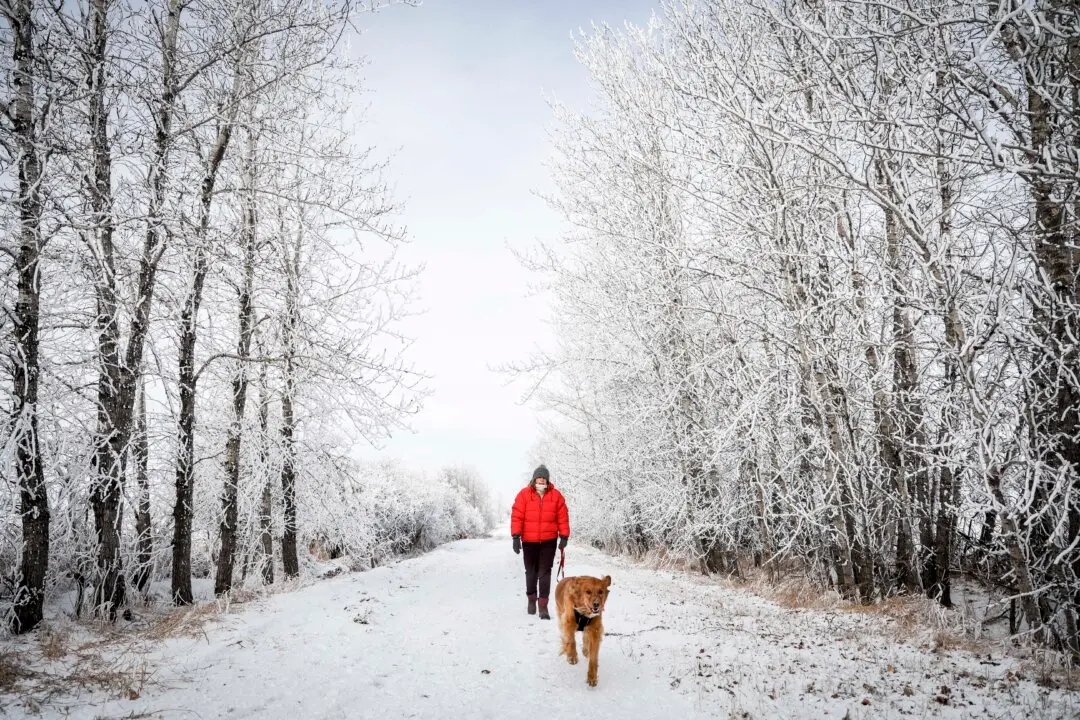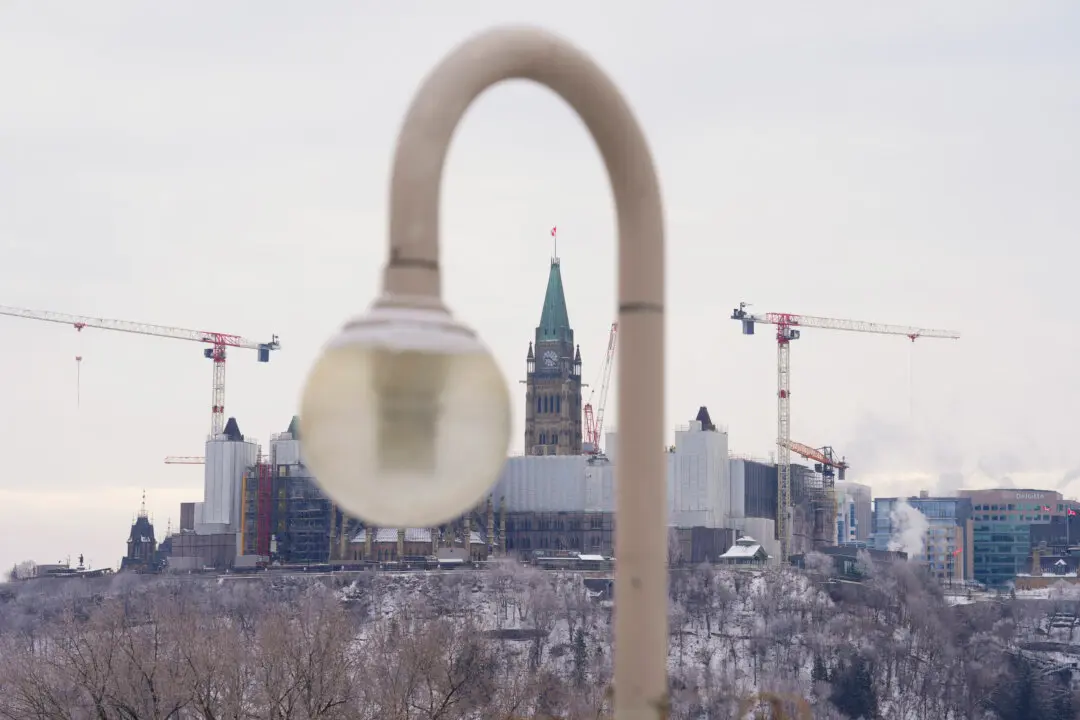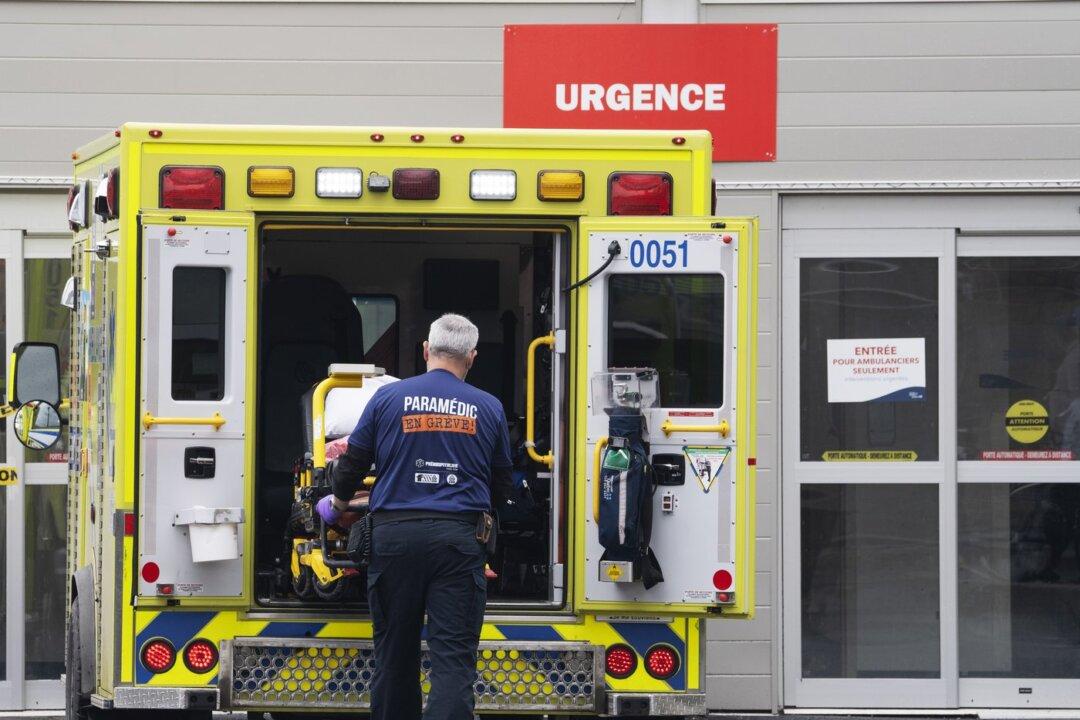Tumbler Ridge resident Michelle Chisholm and her family had their bags packed with all the essentials, including camping gear, when an order to evacuate the town forced them to leave.
Chisholm, who has lived in Tumbler Ridge in northeastern British Columbia for 10 years, said her dilemma was dealing with her horse since she doesn’t have a trailer.





